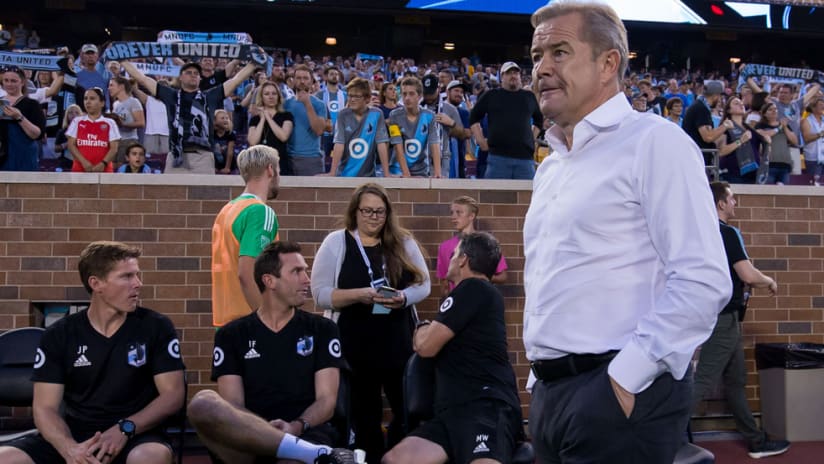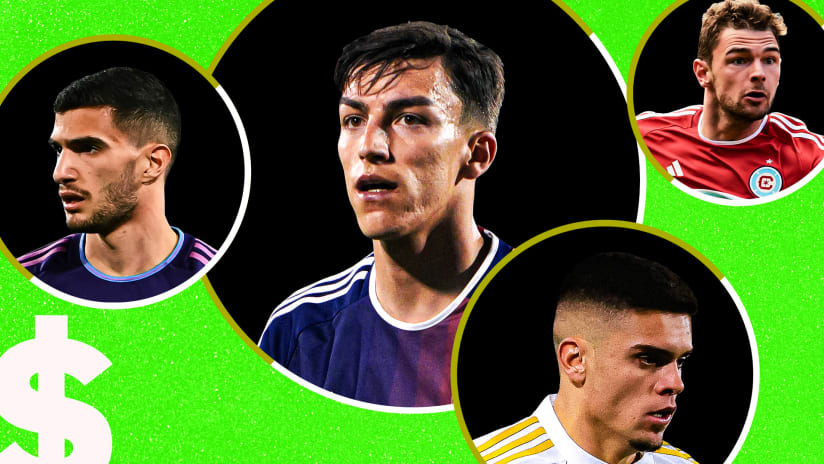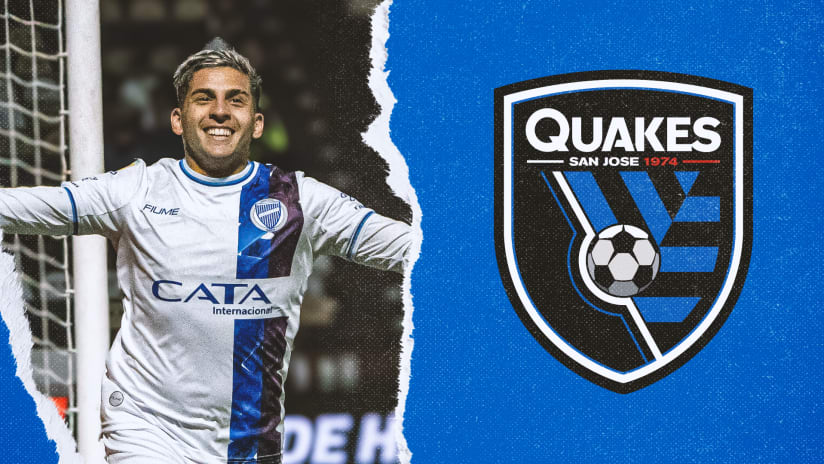The Secondary Transfer Window is open and Minnesota United got straight into the action. The club announced the additions of forward Angelo Rodriguez and winger Romario Ibarra.
Rodriguez, the club's second Designated Player, joins from Colombian club Deportes Tolima in Colombia’s Categoria Primera A; Ibarra arrives via Targeted Allocation Money from Ecuadorian side Universidad Catolica.
The signings show nice initiative from a team looking to make moves to catch playoff contenders above them, but they present one clear question: What about the thing that’s actually been the team’s problem?
Minnesota have struggled defensively in the 18 months since joining MLS. In 2017, they conceded 70 goals, the most ever in a single season. In 2018, they have conceded the third-most goals in the West. They've conceded the most shots on goal per game in both seasons, as well. It’s cool that Minnesota wanted to upgrade, but it’s surprising to see the upgrade come in the attack.
Earlier this week, Loons sporting director Manny Lagos told reporters that the Rodriguez move probably marks the end of their activity in the international market. Any more moves would come from the trade market, with an eye on defensive midfield, where the club acknowledges they don't roster a player with a "pure" skillset.
“The defensive midfield position is somewhere we’re still looking,” he said. It's a process and there are transfer windows and certain areas of the field that you want to address and you can't quite get to where you want to get to.”
Therefore, the Rodriguez and Ibarra signings signify four possibilities:
- Minnesota want to beat teams 3-2. Perhaps the team doesn’t actually care that much about the defensive record and think they can still win. If so, then dope. I’m a neutral observer so I don’t care if the plan works, it sounds fun.
- They will adjust their tactics to create defensive solidity.
- They will dip into the trade market to find defensive reinforcements.
- They will do none of the above and continue to struggle.
Minnesota have yet to show particularly refined defensive tactics. They play a generic middle block of eight or nine and they tend to be mediocre at it – thus the goals conceded record. After signing new attackers, Adrian Heath isn't likely to change much on the defensive side.
The attacking tactics, though, could shift with a new striker. And the attacking tactics can help the defensive vulnerabilities. Specifically, Rodriguez offers more of a holdup option than any of Minnesota’s current forwards. Longtime Loon Christian Ramirez links well with supporting players, but they are often high-risk, high-reward combinations. When they come off, Minnesota are fluid and dangerous and fun to watch; when they don’t, the passes result in turnovers and the opposition can transition unopposed because the attacking midfielders have run beyond the ball.
Rodriguez can provide more traditional holdup play. Instead of looking for combinations, he will use his strong frame to take an extra second and ensure the ball sticks to his body and complete higher percentage passes. The team might become less fluid and exciting, but it protects the ball and gives the opposition less possession. Right now, Minnesota are 15th in the league at 48 percent of possession; if they aren’t going to change their defensive personnel, they need to get the possession number around 52 percent to protect the ball more. It seems minor, but a different type of possession from the striker can go a long way to help a team’s defensive record.
As for the trade options, defensive mids tend to be vital to a team’s success and thus highly guarded by teams. It’s tough to find someone willing to depart with a player who can be an anchor of a team. When I look around the league, I don’t see any obvious options. Kellyn Acosta has struggled to reintegrate into Dallas since returning from injury, and Dallas have a backlog at the position with Carlos Gruezo, Victor Ulloa, and Jacori Hayes. But Acosta isn’t any more a “pure defensive midfielder” than Minnesota’s current options, and Dallas won’t be eager to part with their crown Homegrown jewel, so that seems unlikely. Cristian Higuita has struggled to live up to expectations in Orlando and his time in purple could be closing on an end; it would make sense for him to move, except his contract is reportedly up at the end of the season.
Perhaps more likely than Higuita would be Orlando’s young center mid, Cam Lindley. Lindley started Orlando’s first three games of the year and showed he can hang. Orlando won’t want to part with the 20-year-old for good, but since Higuita is ahead of him on the depth chart for 2018, Orlando may want to send Lindley on loan for the rest of this year. It could be a short-term solution for both teams.
The LA Galaxy’sJoao Pedro may be be truest defensive midfielder struggling to get minutes on his current team. D.C. United also has an overload at bodies at the position, especially since Chris Durkin has won the lone holding mid spot. Junior Moreno, Ulises Segura, Russell Canouse, and Jared Jeffrey are all left trying to find playing time.
The most interesting thing to ponder is whether Seattle would field calls for Ozzie Alonso. Seattle need to usher in a new era, and given his age, Alonso might not be part of it. He certainly still has some good minutes left in his legs and could help a team, especially if he feels he has something to prove. I wouldn’t mind seeing Darwin Quintero work with Alonso behind him.
Overall, there isn’t a guarantee that a defensive midfielder, probably Minnesota’s biggest weakness both before the new signings and after, is out there to be had. As a result, Minnesota’s biggest weakness wasn’t address.
But if it means a bunch of 4-3 games, then that’s cool, too.














